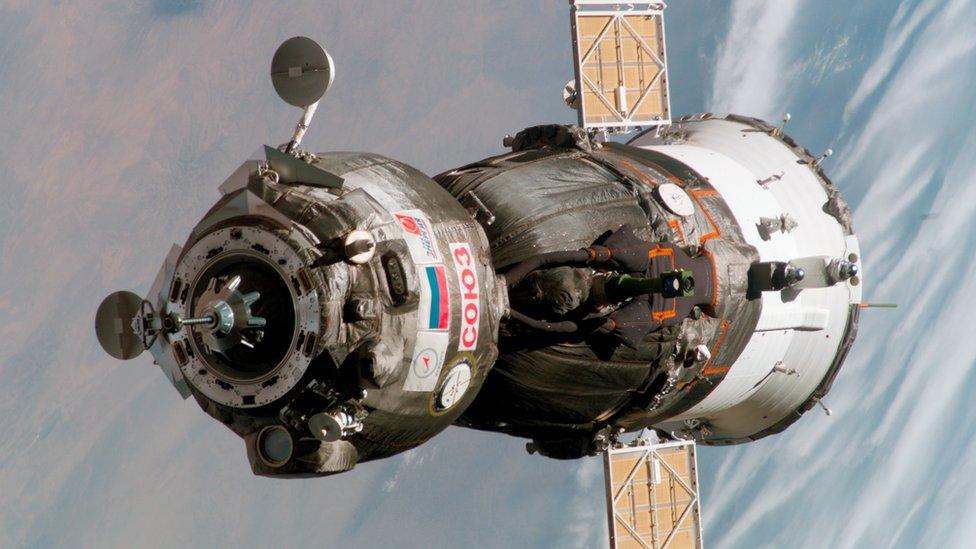Tim Peake capsule close to landing
- Published
Tim Peake enters the Soyuz TMA-19M before separating from the ISS
UK astronaut Tim Peake is returning home in his Soyuz capsule, which is now parachuting towards the ground.
The Russian spacecraft carrying Major Peake and two other crew members fired its thrusters for four minutes 37 seconds at 09:22 BST on Saturday.
This slowed the vehicle's speed by hundreds of km per hour to bring it down through the atmosphere.
The crew members will land in south-central Kazakhstan at 10:15 BST.
On Friday, Colonel Tim Kopra handed over command of the ISS to his Nasa colleague Jeff Williams.
Major Peake, Russian cosmonaut Yuri Malenchenko and US astronaut Timothy Kopra made their farewells and entered the Soyuz TMA-19M - the Russian space capsule that is carrying them home from the International Space Station - at about 03:35 BST on Saturday.
LIVE: Tim Peake returns from space
Living on the International Space Station
Explore the world with Tim's pictures (non-BBC), external
After the spacecraft undocked at 06:53 BST, the Soyuz performed two separation burns to distance the spacecraft from the orbiting outpost.
At 09:49 BST, after the de-orbit burn, the descent module carrying the three crew separated from two other sections of the spacecraft, allowing it to make the final journey to Earth.
Speaking in his last live link-up from space, Major Peake said: "It's been a fantastic six months up here - [a] really remarkable, incredible experience.
"I'm looking forward to coming home, looking forward to seeing my friends and my family, but I am going to miss this place [the ISS]."
Spacewalks, auroras, space invaders and a gorilla chase! Watch key moments from Esa astronaut Tim Peake's mission
His six-month mission has taken him on 2,976 orbits of Earth, covering a distance of about 125 million km.
Squeezed into custom-moulded seats in a tiny return ship that hasn't changed substantially in design since the Soviet era, the three crew members will wait for more than three hours before they are clear to undock from the outpost that has been their home for 186 days.
This is the most unsettling stage of the journey: as the craft plunges toward Earth at 25 times the speed of sound, atmospheric molecules dissociate and their atoms ionise, enveloping the vehicle in superheated plasma which raises the temperature outside to around 2,500 degrees C.
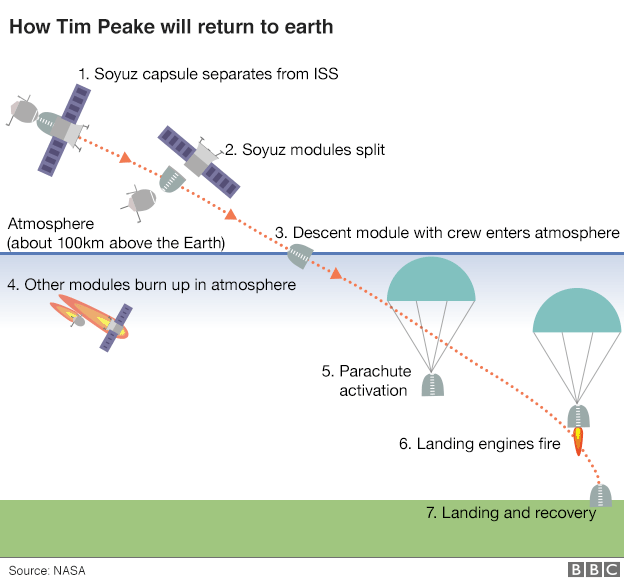
Once the capsule has decelerated past the plasma phase and has reached an altitude of 10.7km above the Earth's surface, parachutes open to further slow its descent. As the Soyuz floats to the ground, an engine fires to cushion its landing on the Kazakh steppe, scheduled for 10:15 BST.
A rescue team flown in by chopper will then help the astronauts out of the capsule before carrying them into a tent for medical checks.

This still from Nasa television shows captures the moment the Soyuz capsule undocked
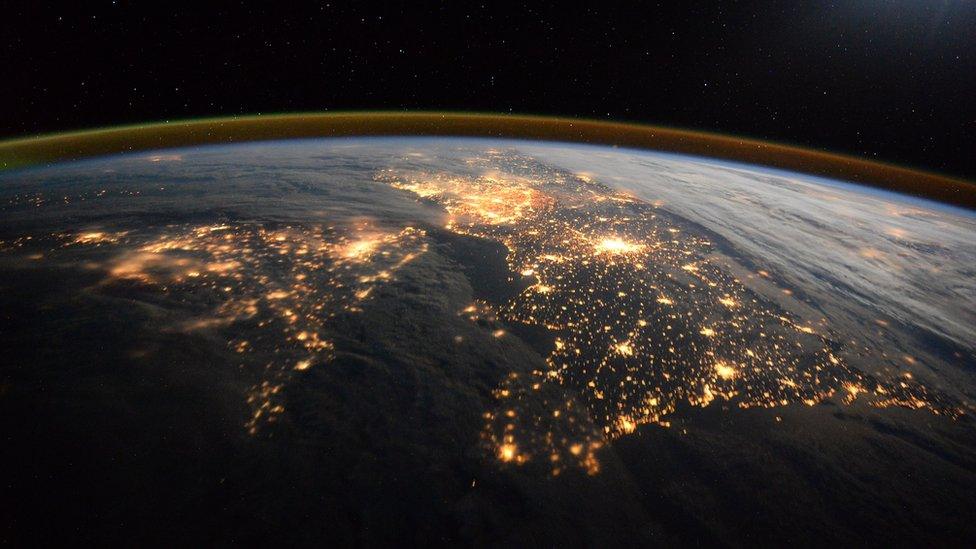
Major Peake took numerous photos from the ISS, including this of the British Isles and mainland Europe
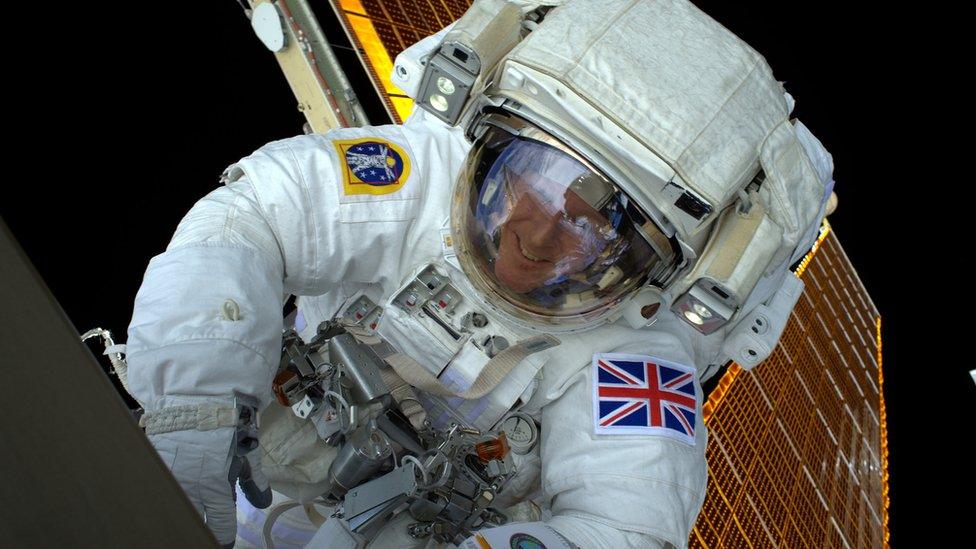
Major Peake participated in a spacewalk in January, just a month after his launch
Extended stays in zero gravity have a number of effects on the body, including muscle wastage and a loss of bone density.
The lack of gravity also redistributes fluid more evenly throughout the body, causing astronauts' face and neck to swell that gives them a characteristic puffy appearance during their first few weeks in orbit.


Tim Peake in space: Want to know more?
Special report page: For the latest news, analysis and video
ISS guide: What's it like to live on the space station?
Video: How the view from space affects your mind
Explainer: The journey into space
Timeline: How Tim Peake became a British astronaut

Britain's first astronaut, Helen Sharman, who stayed for a week on the Soviet Mir space station in May 1991, told the BBC: "To start with (after landing) you actually feel faint, more than anything because gravity's pulling blood away from your head. That faintness is the biggest reason why he'll be carried.
"I was quite wobbly for a while even though my body hadn't adapted to the pressure difference sufficiently in space. So it took me a few paces to learn to walk in a straight line again."
In 2009, Mr Peake was chosen from a pool of 8,000 applicants to join the European Space Agency (Esa) astronaut training programme, along with five other recruits.
The former Army helicopter pilot is the first Briton to be selected as an Esa astronaut.
On 15 January this year, just a month after arriving at the station, Major Peake participated in the first spacewalk for a UK astronaut. He and Tim Kopra set out to change a faulty component on the outside of the ISS, along with other tasks.
They completed the primary goal, but the walk had to be called off early when water began to leak into Col Kopra's helmet - a matter that is still under investigation.
In April, he secured himself to a treadmill on the ISS to run the distance of the London Marathon, completing the event in three hours, 35 minutes.
Major Peake participated in a number of experiments in medical science, radiation physics and materials.
Follow Paul on Twitter., external
- Published16 June 2016
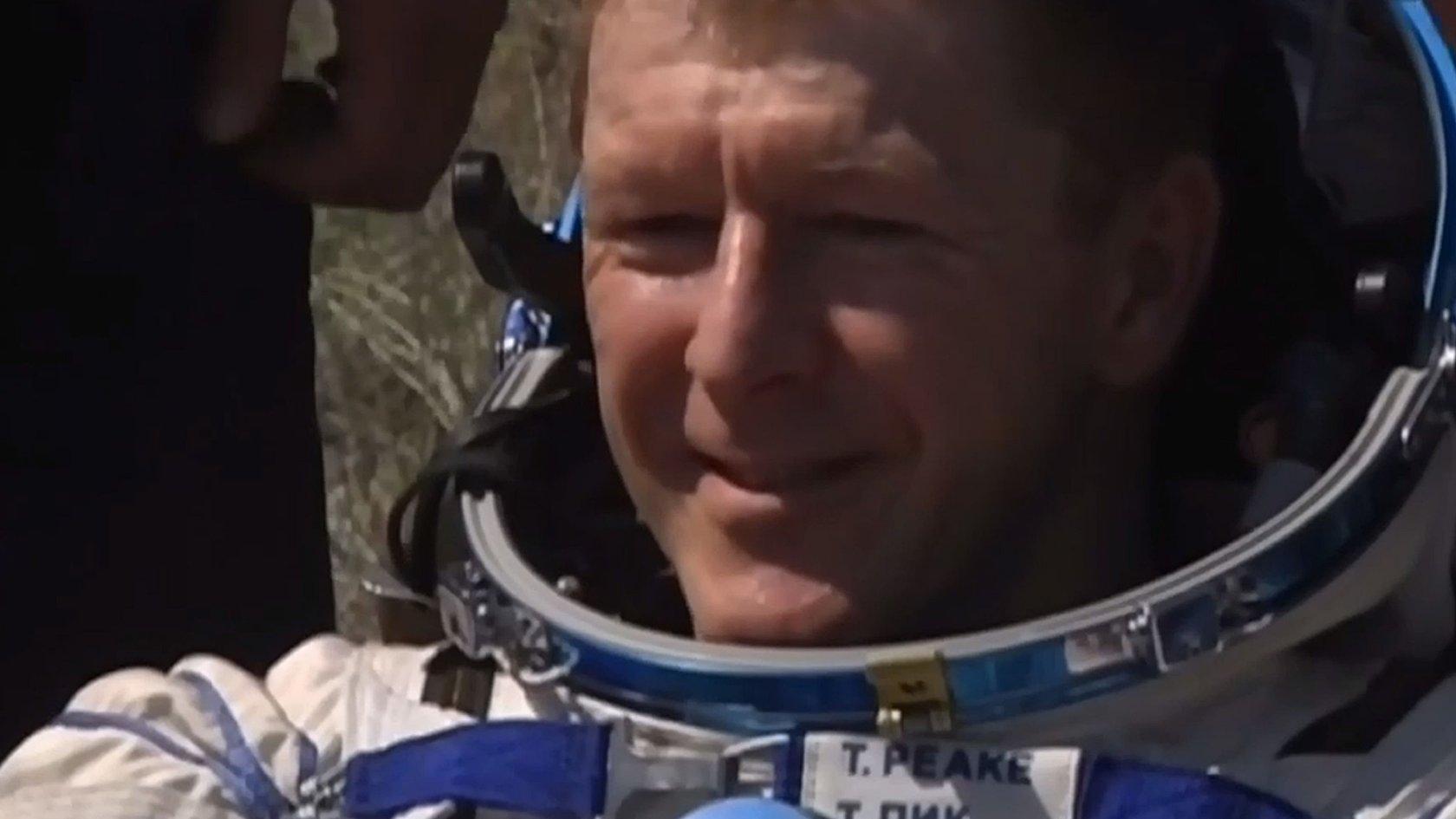
- Published16 June 2016
